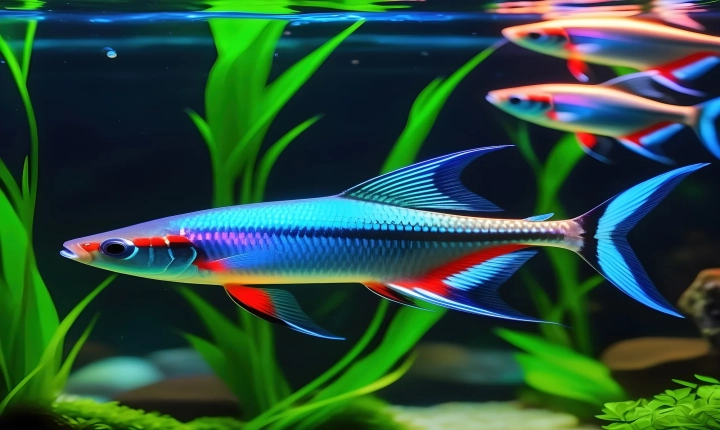In recent years, the development of artificial intelligence (AI) has advanced at an unprecedented rate, leading to the creation of sophisticated AI-generated content. From news articles and blogs to images and music, AI has the capability to produce content that is increasingly difficult to distinguish from human-generated materials. As a result, it has become increasingly important to develop methods for determining whether something is AI-generated or not.
There are several techniques that can be employed to help determine if something has been generated by AI. These techniques can be applied in a variety of contexts, from uncovering fake news to identifying AI-generated art. Below are a few methods that can be used to evaluate the authenticity of AI-generated content:
1. Analysis of Language Use:
One of the most common uses of AI-generated content is in the creation of written materials such as news articles and product reviews. By analyzing the language used in the content, it is possible to identify patterns that are typical of AI-generated writing. For example, AI-generated text may exhibit repetitive phrasing, lack of emotional expression, or an unusual sentence structure. Tools such as language analysis software and natural language processing algorithms can be used to identify these patterns and detect AI-generated content.
2. Image Recognition:
Another area where AI-generated content is prevalent is in the creation of images and graphics. AI has the capability to generate realistic-looking images of people, landscapes, and objects. However, there are certain visual cues that can be indicative of AI generation, such as unnatural lighting, unusual perspective, or inconsistencies in the image. Image recognition technology can be used to analyze these cues and determine whether an image has been generated by AI.
3. Cross-referencing and Fact-Checking:
For news articles and other informational content, cross-referencing and fact-checking can be effective methods for determining whether something is AI-generated. By comparing the information provided in the content with other reliable sources and conducting background research, it is possible to verify the authenticity of the material. AI-generated content may contain inconsistencies or inaccuracies that can be identified through thorough fact-checking.
4. Behavioral Analysis:
In some cases, the behavior of the entity presenting the content can be indicative of AI generation. For example, chatbots and virtual assistants often exhibit certain conversational patterns and response times that can be characteristic of AI interaction. By observing the behavior of the entity and analyzing its conversational style, it may be possible to determine whether it is AI-generated.
Despite these techniques, it is important to note that the development of AI technology is ongoing and continuously evolving. As a result, new methods for generating and detecting AI content are regularly being developed. Additionally, as AI technology becomes more advanced, the ability to create content that is indistinguishable from human-generated materials will continue to improve.
In the future, the ability to determine whether something is AI-generated may become increasingly challenging. Therefore, it is essential for individuals and organizations to remain vigilant and continue to develop and refine methods for detecting AI-generated content. By staying informed about the latest developments in AI technology and employing advanced detection techniques, it is possible to identify and evaluate AI-generated content with greater accuracy and reliability.
